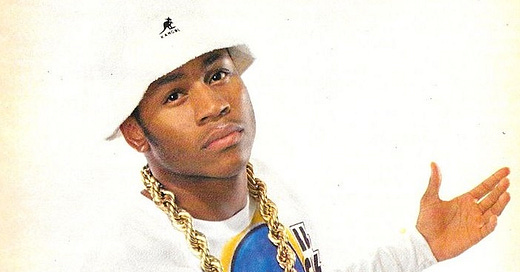At the end of October, SmarterVolley turns 1 year old. As a friend of mine so kindly put it:
Well, I’m not writing a book because people won’t pay $70 for a book but they will pay $7/month for a stream of content writing a Substack allows me to express my thoughts in real-time and reference current events. But, since we’re 1 year into this journey, I thought it might be helpful to collect the content from the year into a handy reference and add some additional commentary while I’m at it.
Triangle For The Beach
The backbone of this year’s content, for both indoor and beach, has been the system of analysis I call The Triangle. Beach-related Triangle posts include:
This is the first beach article I wrote for SmarterVolley. It outlines the basics of the Triangle framework, the value of applying it to beach volleyball, and some of the challenges to doing so.
Terminal Serving (and applying Aceball to the Beach)
In these articles, I flesh out the three points of the Triangle: Terminal Serving, First Ball, and Transition.
An interesting finding from those articles was that, at the NCAA level, there was little difference between the proportion of the game played in each phase between 1s and 2s pairs and 4s and 5s pair. In both cases, it was an identical 18/54/28 split between Terminal/First Ball/Transition.
In the future, I hope to do some analysis of the Juniors game, to see how that pattern changes as the levels rise.
Team Profiles
Transition At Women’s World Championships
Transition At Men’s World Championships
The Team Profiles overall aren’t built out quite as well as on the indoor side. The difference is that the indoor game has thousands of matches on Volleymetrics where you can pull full-league data from every team to build Team Profiles and compare them against each other.
There’s less publicly-available data, so I’ve been using representative matches to show what a Team Profile might look like for individual matches and how you might want to handle training in those instances. I hope to keep building databases with more data for the beach side.
Looking Forward
I’m currently working on an analysis and comparison of NCAA Nationals, FIVB Women’s World Championships, and FIVB Men’s World Championships. I want to compare the three levels in a few different ways- statistically, but also physically. What are rally durations like? What are blocker actions like? What are defender actions like?
I’ll start rolling that out in November and build into 2023.
To add to that, I’ll be sharing some studies and insight on some more specific skill areas. I touched on this a little in a subscriber-only post this summer.
And the idea will be to build out these concepts in greater depth.
I hope you’ve enjoyed Year 1 of SmarterVolley. On Wednesday I’ll highlight some of the drills and technical analysis from this year.
A typical novel is about 100,000 words. I’ve published in the ballpark of 150,000 words this first year on SmarterVolley, with about 50% dedicated to indoor, 25% dedicated to beach, and 25% general coaching philosophy that could apply to either surface. In addition, I try to use video clips, gifs, graphics, and pictures of LL Cool J drive home the points of the articles.

Most of this has been freely available, but I want to provide value for subscribers as well. We’ve had a bunch of great small-group sessions where some coaches from the highest levels are talking shop and answering questions live for SmarterVolley subscribers. If you haven’t gone premium yet, I think you’ll get even more value in Year 2 than Year 1, and it will help me keep this project going another year. Thank you.




